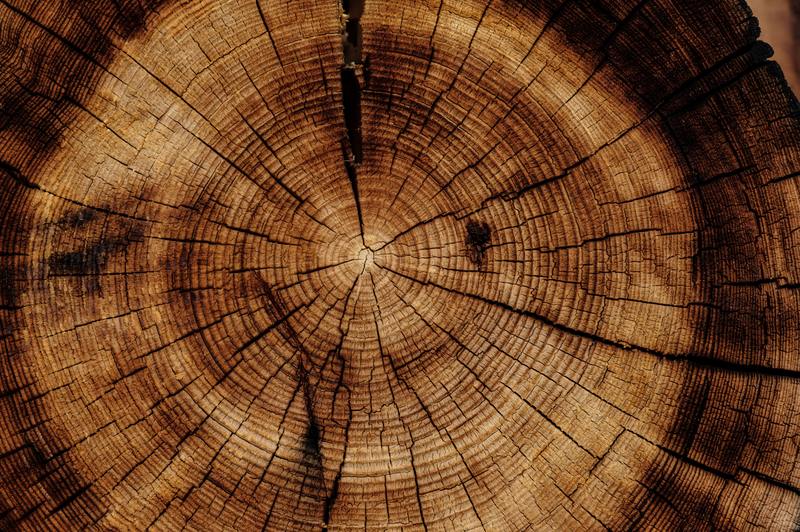Does your hardwood show water damage? Don’t worry, it’s not an insurmountable problem. If you’ve ever wondered, “how to fix water damaged wood?” after discovering a vast case in your home, you’ve come to the perfect place.
Water-damaged wood is notoriously difficult to restore. Although most wood treatments protect the surface, water can nevertheless cause harm to the wood.

If you notice white spots, stains, flushing, or other surface damage, the wood is most likely harmed by water. The sooner you treat the problem of your hardwood or furniture, the less expensive and more lengthy the repair will be.
Repairing Water Damaged Wood
Water damage in wood is considered one of the most challenging problems that a property owner can confront for various reasons. For starters, if left unaddressed, they can cause significant damage to one’s business and personal property.
Second, it can lead to the growth of mold, which can harm the interior air quality of your property and potentially be harmful to you and your tenants’ health. Finally, it reduces the value of your house dramatically, which can be a concern if you plan to sell it soon.
Step #1. Remove the rotten parts
When wood is moist, and water is allowed to soak in, it rots quickly. Remove any rotten wood using a chisel, cutting through to the dry and hard inner surfaces.
Step #2. Use an auto filler putty
After you’ve carved out the damaged sections, fill them in with auto filler putty.
Step #3. Fill in the hole
You must do this step promptly before the filler has a chance to solidify. Push a putty knife deep into the hole you’ve just cut out.
Step #4. Repeat the first two steps
Slowly and methodically fill the hole, allowing the filler to dry between steps until the hole is filled and the surface is slightly raised above the surrounding area.
Step #5. Sand for a smooth finish
Sand the surface for a smooth finish and make it level with the surrounding wood.
Step #6. Prime and paint
Inspect all of your wood surfaces and buildings both inside and out every six months or so. If repairs are required, get them done as soon as possible.
Set up a wood care program to ensure that painting is updated regularly. This will help you in preventing water damage to your wood. You’ll have fewer long-term repair costs as well as a more excellent appearance.
What is water damage?
In a nutshell, water damage is caused by excessive moisture and collected water on a structure and its contents. It frequently occurs in the establishment’s least-visited areas, where water can pool without being noticed. They are also the lowest levels of a home, such as crawl spaces and basements.
How does water-damaged wood appear?
Water damage and termite damage, on the other hand, may initially appear to be highly similar. There are, however, distinguishing characteristics that set them apart. Water-damaged wood, for example, disintegrates into cube-sized bits, but termite-damaged wood forms tunnels as termites eat the softer grain first.
What are the indicators of wood water damage?
Following the information in the preceding section, you may better understand which wooden structures in your home are vulnerable to water damage. It might be your ceiling, floors, or specific pieces of furniture.
This portion of the inspection is especially critical if you aren’t sure if there is any water damage at all, such as in the case of undiscovered pipe leaks. The warning indicators to keep an eye out for are stains and discoloration, change in shape or texture, and mold growth
Is it possible to have an insurance claim on water-damaged hardwood floors?
To answer the question, yes, you can have an insurance claim on water-damaged hardwood floors.
We can say that water damage is one of the most prevalent insurance claims, affecting about one in every 50 residences each year. You’ve probably got many questions regarding what’s covered, repairs, deadlines, and insurance.
How much insurance coverage can you expect?
Hardwood flooring insurance coverage varies based on your existing company and policy. Keep in mind that insurance companies are primarily concerned with their bottom line and lowering their expenses. This means you should investigate and document every stage of the procedure, as well as bargain with your insurance carrier or lawyer, to avoid being taken advantage of.
A contractor that isn’t connected to your insurance company can typically get you a better bargain. It’s also a good idea to learn about the repair process and the language of your insurance policy.
Conclusion
It is appealing to the sight to see a smooth fixture in your home. The combination of attractive design and unrivaled structural integrity distinguishes wood furniture from furniture manufactured of other materials.
You can find wooden furniture in almost every home, particularly in the kitchen. That is why you must know how to fix water-damaged wood that has been soaked countless times. Techniques and cues can substantially aid in the prevention of additional injury.
